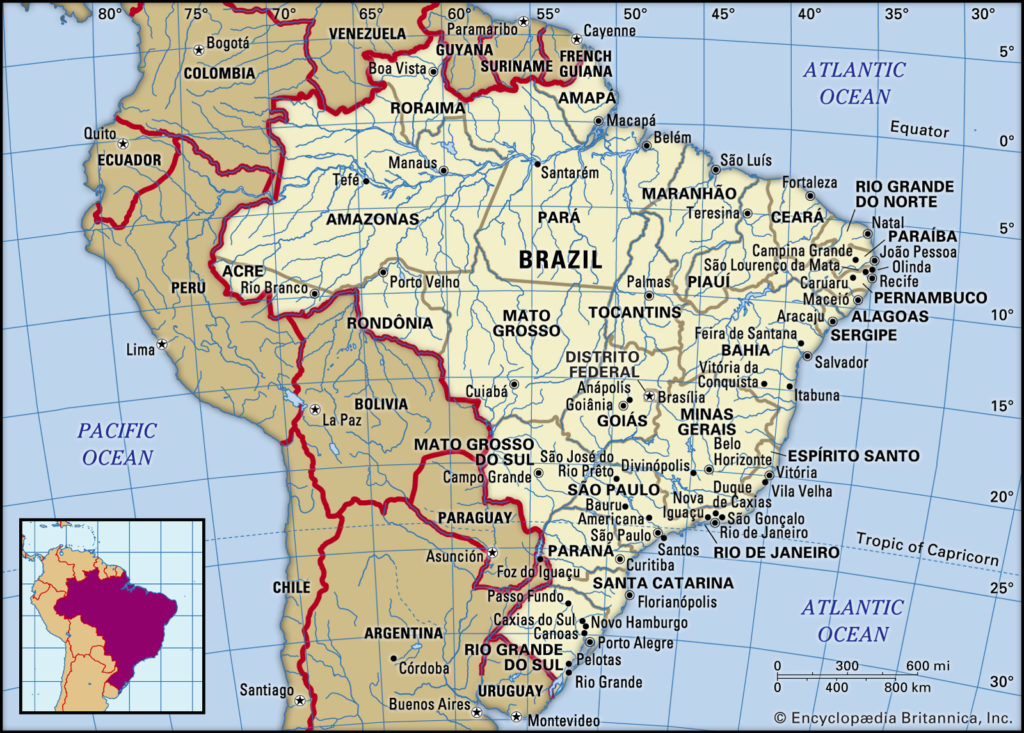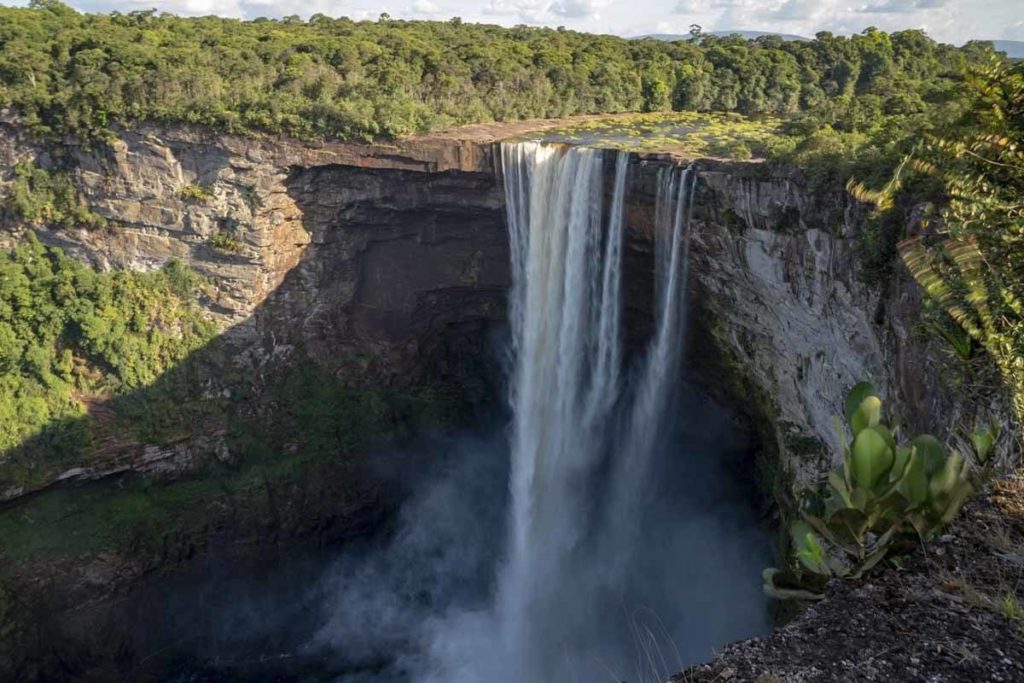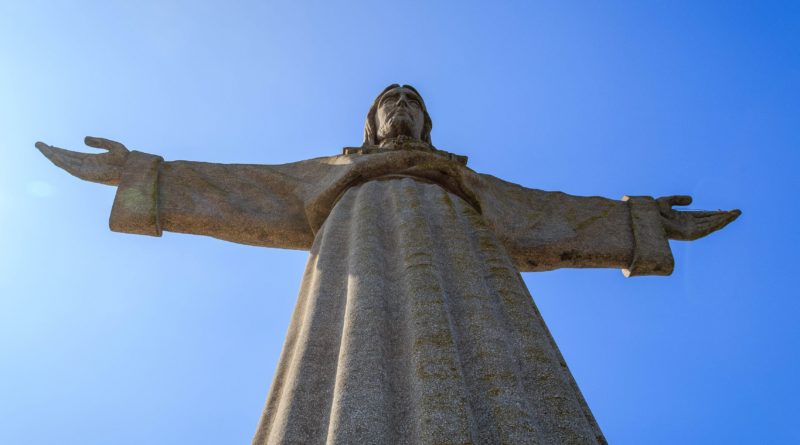There isn’t much argument that Brazil has always stood out on its continent. Some people don’t even consider Brazil part of South America, much less Latin America in general. But in addition to having an incredibly diverse population, a rich wildlife scene and of course, the putting on of the famous Carnival every year, what really makes Brazil so unique?
The Language
We’ll start with the obvious— Brazil is the only country in South America, or even in the Americas as a whole, that has Portuguese as its official language. In fact, Brazil has the largest population of Portuguese speakers in the entire world, and that’s including Portugal (where the language is originally from). Even so, the dialect of Portuguese in Brazil is distinctive as well, and many native speakers of Portuguese from other countries have said that they have some trouble understanding its different tones and unique phrases (If you are headed to Brazil soon or just want to brush up on your Portuguese, be sure to check out our page on useful sayings and words).
The Size
Size also helps set Brazil apart. Brazil is the largest South American country by far with an area of 3.288 million sq. miles. Brazil is also the world’s fifth largest country, both by geographical area and by population, with over 193 million people. Though it is just behind the U.S. and Canada in land area, Brazil easily beats Canada in the population department and is the second-most populated country in the Americas.

Its large size also contributes to its long foreign borders. Brazil shares borders with a total of 10 different countries, putting it only being China and Russia in terms of countries with the longest international land borders. In fact, Brazil manages to border every single South American country except for Ecuador and Chile. It is also one of only a handful of countries that the Equator crosses through (if you want to “stand on the equator”, be sure to visit the city of Macapa, in the northern part of the country).
The Name
Even the name of “Brazil” is like no other. Granted, all countries’ names are different from one another, but Brazil is truly set apart in that it comes from the name of a tree. No other country in the world is named after a tree. Interestingly, the land that is now Brazil was originally called Ilha de Vera Cruz or “Island of the True Cross” by the Portuguese explorers who found it, as they thought the land was an island.
But name, language and size are not the only reasons that Brazil stands out. Instead, those are just factors that are on the surface. The real answer can actually be found in the country’s history.
The History and Culture
When the “New World” was being colonized, Spain took over much of the Americas and had territories in the Caribbean islands, in North America, throughout Central America and all the way down through the tip of South America. Nevertheless, a huge chunk of South America ended up being claimed by Spain’s neighbor, Portugal.
Come revolution time centuries later, the Venezuelan Simón Bolívar fought for Latin America’s independence from Spain and preached unity of all Latin American countries. But this posed a bit of a problem for Brazil, since it was under Portuguese rule instead of Spanish rule. Although Brazil did gain their own independence at roughly the same time, the country was excluded from Bolívar’s vision for a “confederación hispanoamericana” – a Hispanic confederation of the Americas. Because Brazil was not Hispanic, it was viewed as intrinsically different from the rest of the newly independent countries.

But this exclusion didn’t really matter in the end— Brazilians sought and maintained closer ties to Europe than their neighbors, and they developed their own unique culture that has been sustained to this day.
Even after the idea of a Hispanic confederation was long gone, the concept of “Latin America” continued to grow, especially as a contrast to the increasingly dominant United States. Similarities were found across “Latin America”, but again, Brazil’s situation posed a problem. The country continued to see itself as unique and separate from its neighbors, and while anti-Americanism was growing across Central and South America, Brazil remained a reliable ally of the U.S. and was far less critical of its actions.
So is Brazil really part of Latin America after all? Today, the debate continues in many circles, although in almost all “official” uses of the term “Latin America” do include Brazil. For as many distinguishing traits as it has, Brazil does share certain similarities with other Latin American countries. For example, rice and beans together make up a huge staple in the Brazilian diet, and Brazilian dances (like Samba!) tend to focus on hip movements. Brazil is also predominantly Catholic, as are most other Latin American countries.

